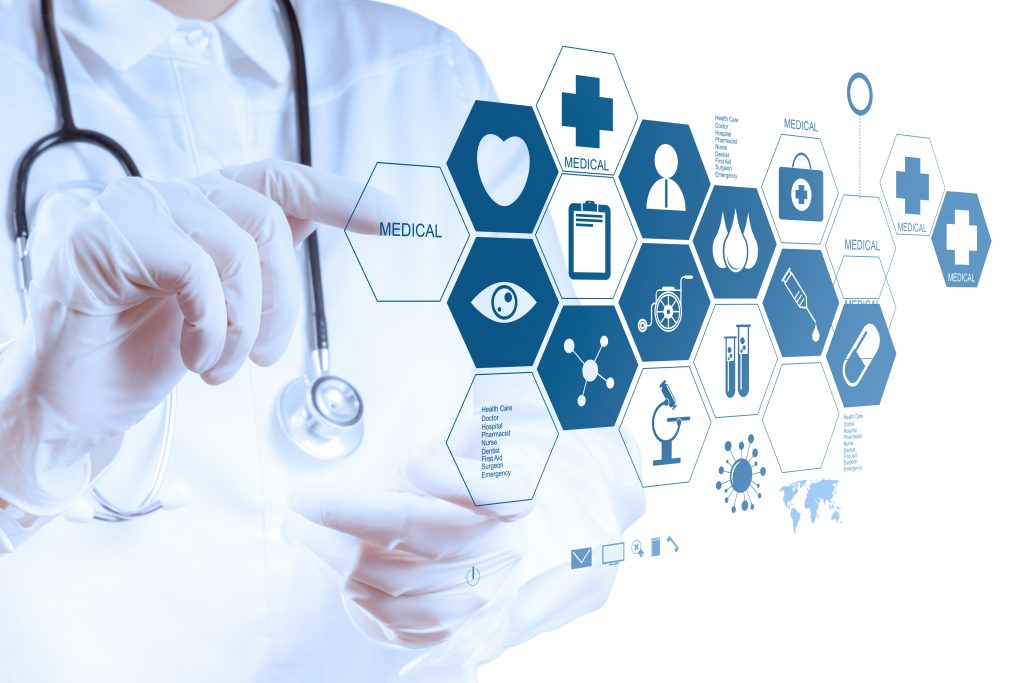2021: Language Becomes More Vital with the New MDR Translation
2021: Language Becomes More Vital with the New MDR Translation
The European Medical Device Regulation (MDR) is a new set of guidelines that heads the production and distribution of medical devices in Europe, and submission with the regulation is obligatory for medical device companies that want to sell their products in the European marketplace.
The Regulation, which was first presented in 2017, brings a larger number of devices within its purview compared to its prototype, the Medical Devices Directive (MDD). The EU MDR translation requirements will relate to more devices and entail more detailed labels on all products, bring about firmer standards for MDR translations.
Firmer regulations have normally favored the language industry, leading to improved demand for language services. The EU MDR is no exclusion. It necessitates that medical device content is translated into up to 24 languages depending on where in the EU MDR translation product will be promoted. Some of that instant demand may now dry up as medical device clients take their foot off this specific pedal.
Most considerably for language service providers (LSPs), EU MDR will oblige that medical device content be translated into the official language of each EU member state where the product will be promoted (up to 24 official languages in total for products marketed throughout the EU). All CE-marked products will need to conform with EU MDR in order to preserve the CE mark and stay on the marketplace.
A considerable part of the content to be translated can be categorized as either “instructions for use” (IFUs) or patient information (patient manuals). In addition to being translated into suitable languages, the content for products envisioned for marketable use must be written so that it can be easily understood by an amateur.
Translation Services have always been imperative in the life science industry, as they make sure that people are able to recognize and classify and hence use products in the approved manner, no matter what language they are fluent in. Under the new EU MDR, translations are now even more essential than ever before. Rather than be dependent on the EU member states for translations, manufacturers will be accountable for securing and providing translated documentation themselves.
EU MDR Transalation Process affects as;
- Translations are obligatory in all 24 EU languages: Individual states earlier elected their own range of languages, the new EU MDR translation requirements that medical device content must be accessible in all 24 official EU languages. Therefore, if presently company only translate into a fraction of these, they will now be obliged to upsurge this to meet the needs of all 24 EU amber languages.
- Some translations are obligatory preceding CE marking: Translations were usually compulsory after a medical device established the CE marking, but now translations of documents like Instructions for Use (IFUs) must be submitted as part of the technical record mandatory by the acquainted bodies for conformity valuation. In order to meet the new requests, the translation will now need to be measured earlier in the workflow.
- All translations must be accurate and flawless: The end-user of any medical device must be able to effortlessly and visibly comprehend all of the incorporated documentation. This comprises IFUs, labeling and security material and applies to the original source language as well as the translated factual. As a consequence, translators will be qualified and scrutinized applicably in order to make sure all content conforms with the EU’s demands.
- Translated data will be put in safekeeping in a European database: All medical device material will be put in safekeeping in a central European database called EUDAMED, confirming that data in all relevant languages can be listed and swapped. Consequently, the translation partner will need to use client-based Content Management Systems and have its own Translation Management System. This agrees with steady translations and easily traced information.

Main Focus of European MDR Translation
The focus of European MDR translation is seeming in the importance of language quality in the legal text examples below:
- Cataloging details essentially be “visibly understandable to the projected user”
- The information delivered with devices for self-testing or near-patient testing must be “effortlessly comprehensible to the user”
- Instructions for use “shall be written in expressions freely understood by the projected user, and, where suitable, accompanied with drawings and diagrams”
- A precipitate of care and enactment must be succumbed for class III and implantable devices in a language “effortlessly comprehensible to the projected user”
These EU Medical Device Regulations (MDR) necessitate manufacturers to endlessly work with their translators in order for the medical device to authorize its conformity evaluation and obtain its CE marking. At LangSpire, our expert team of translators focuses on medical translations for the life sciences segment and has vast involvement in translating numerous types of official papers for the medical and healthcare industries. We are now viewed as a trustworthy supplier to the medical industry. Whether companies are looking to have their IFUs, patient files, letters, or sales and marketing copy translated, we have native-speaking translators with affluence of life science understanding to aid businesses with the next big project.
Localization has become a central commotion to achieve guiding acquiescence and to guarantee the safe use of medical devices in the EU MDR. Moreover, localization is a significance of the European Commission to empower an operative trade across the European Union. In the EU, multilingualism is a core policy, and citizens have the right to interconnect with EU institutions in any of the EU’s 24 official languages. As a consequence, all content planned for users and patients for medical devices traded in the EU must be accessible in the local languages of all Member States where the products are dispersed.
Mounting up for regulatory accomplishment and prepping up for 2021 and beyond requires a prosperous regulatory strategy. The strategy must meet new compliance requirements which include a content translation and review practice that provides transparency and accurateness across all languages from the start.
At LangSpire we can help you constitute a route to global content transparency under the new regulations.














